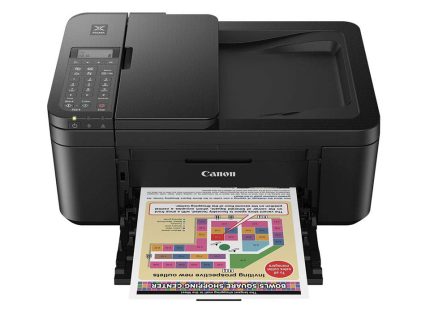
EGP3,113
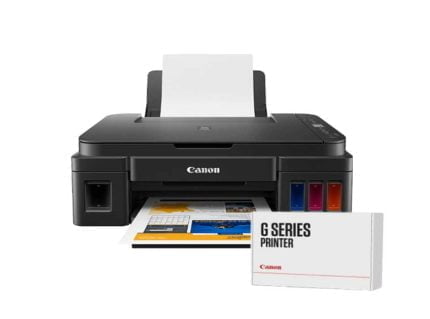
EGP5,000
Canon PIXMA G2420 Multifunction Printer – Color Deskjet Printer – Black
Earn 44 Reward Points
EGP4,395
Canon PIXMA G2420 Description:
Brand: Canon
Model: PIXMA G2420
Printer Functions: Printer, Scanner and Copier
Printing Quality: Up to 4800 x 1200 dpi
Scanner Resolution: 600 x 1200 dpi
Canon PIXMA G2420 Multifunction Printer:
Tremendous volume, low-cost printing:
Keep on printing while keeping costs down thanks to huge yields of up to 12,000 pages (26% more in Economy mode3) from 2 black ink bottles, or 7,700 pages with a single set of color bottles.1
High speed, high quality:
Depend on quality at high speed (10.8 ipm in black / 6 ipm in colour2), with pigment black ink ensuring pin-sharp text and dye color inks delivering vivid color photos.
Easy maintenance:
Minimise downtime and meet every deadline with ease, with a user-replaceable maintenance cartridge that ensures dependable, day after day performance.
Thoughtful design:
Refill ink tanks without fuss or effort using handy non-squeeze bottles with unique key type nozzles that ensure each ink bottle can only refill its equivalent tank.
Get creative:
Experiment with diverse media types and sizes including magnetic photo paper, restickable photo paper, or even print your own banners up to 1.2 metres in length.
You must be logged in to post a review.
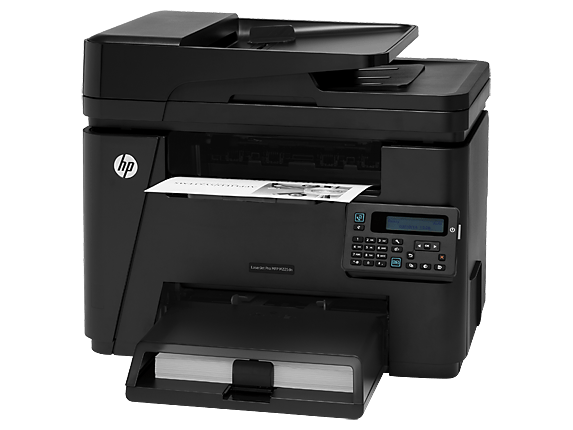
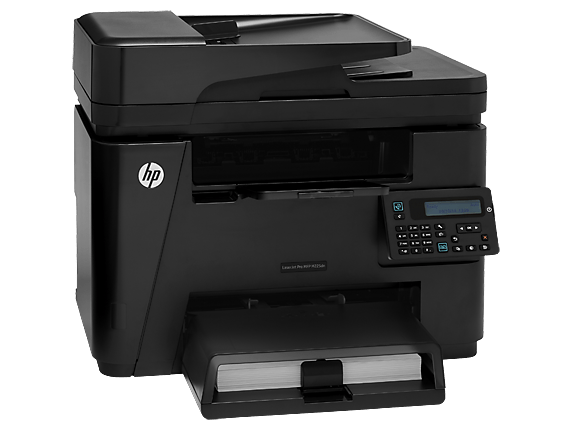
MAECENAS IACULIS
Vestibulum curae torquent diam diam commodo parturient penatibus nunc dui adipiscing convallis bulum parturient suspendisse parturient a.Parturient in parturient scelerisque nibh lectus quam a natoque adipiscing a vestibulum hendrerit et pharetra fames nunc natoque dui.
ADIPISCING CONVALLIS BULUM
- Vestibulum penatibus nunc dui adipiscing convallis bulum parturient suspendisse.
- Abitur parturient praesent lectus quam a natoque adipiscing a vestibulum hendre.
- Diam parturient dictumst parturient scelerisque nibh lectus.
Scelerisque adipiscing bibendum sem vestibulum et in a a a purus lectus faucibus lobortis tincidunt purus lectus nisl class eros.Condimentum a et ullamcorper dictumst mus et tristique elementum nam inceptos hac parturient scelerisque vestibulum amet elit ut volutpat.
Related products
HP Laserjet Enterprise 700 Printer – Black & White Laser Printer – M712DN(CF236A)
HP Laserjet Enterprise 700 Printer Descriptions:
Enable high-volume, black-and-white printing on paper sizes up to A3—and capacity up to 4600 sheets.1 Control costs with energy-saving features and two-sided printing. Protect sensitive business data and centrally manage printing policies.HP LaserJet Pro MFP M426dw Printer – Multifunction Mono Printer – F6W13A
EGP9,340
HP LaserJet Pro MFP M426dw Printer:
Fast print, scan, and copy performance plus robust, comprehensive security built for how you work. This MFP finishes key tasks faster and guards against threats.1 Original HP Toner cartridges with JetIntelligence give you more pages.HP OfficeJet Pro 8720 Printer – All-in-One Color Printer (D9L19A)
EGP12,385
HP SCANJET PRO 2500 F1 FLATBED SCANNER(L2747A)
EGP10,499
HP Smart Tank 515 printer – Wireless All-in-One printer (1TJ09A)
EGP8,999
HP Smart Tank 530 Printer – Wireless All-in-One Deskjet Printer (4SB24A)
EGP12,800

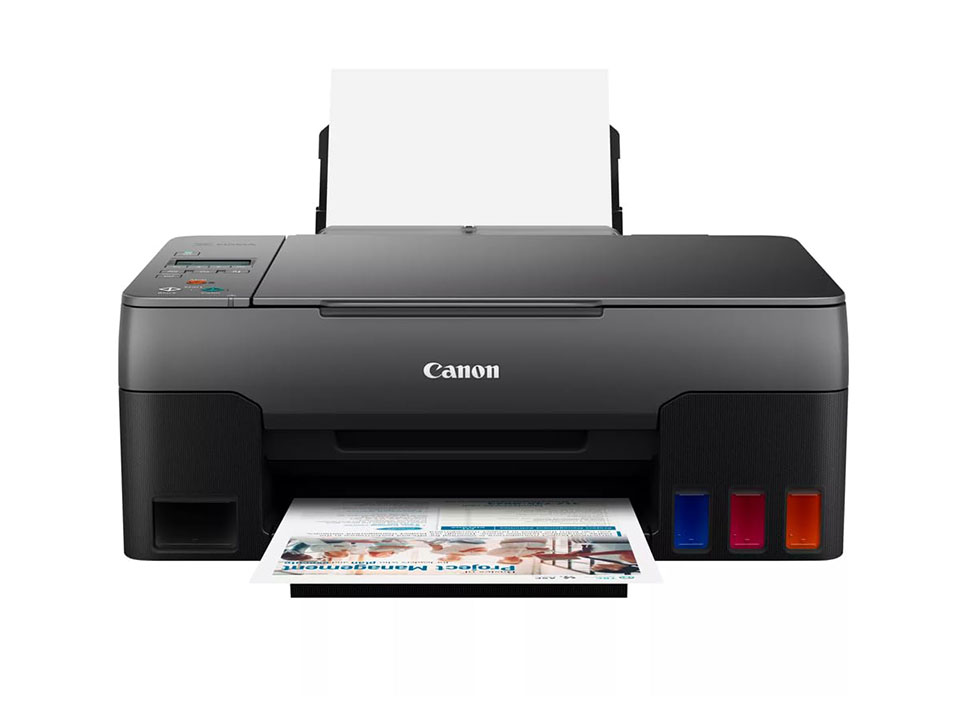
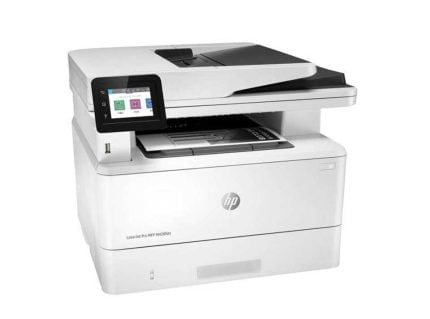
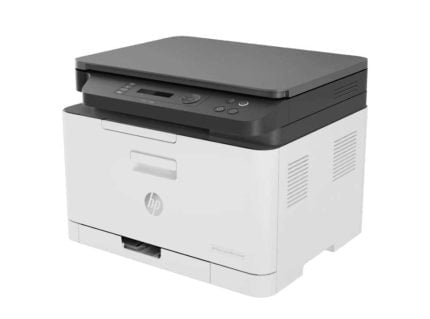
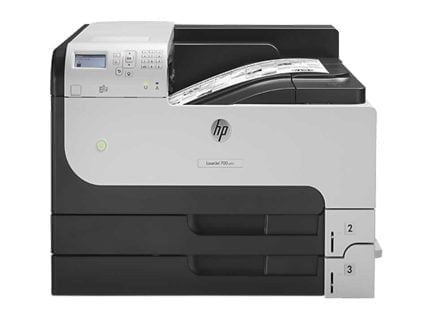
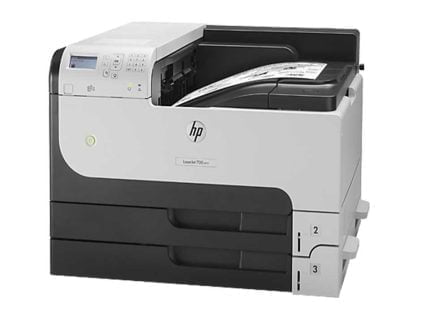
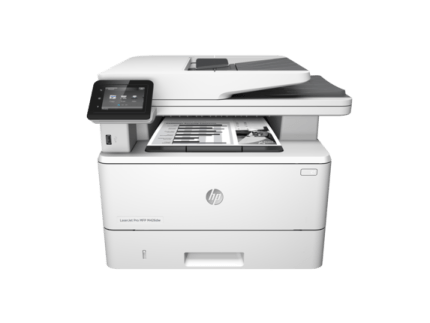
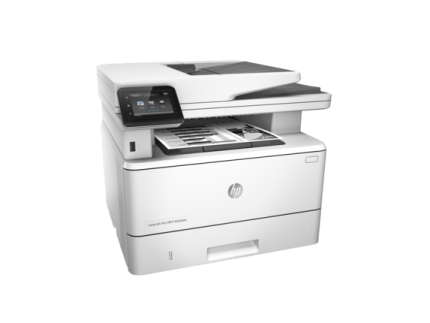
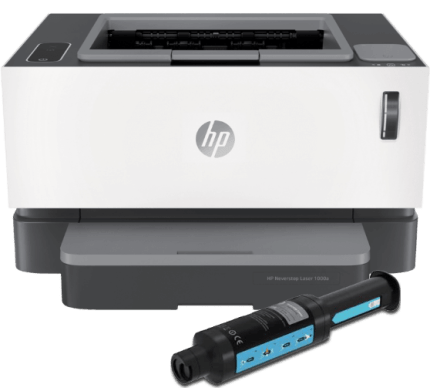
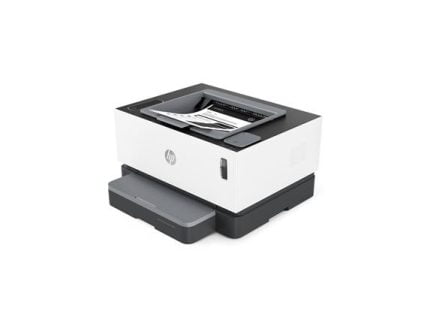

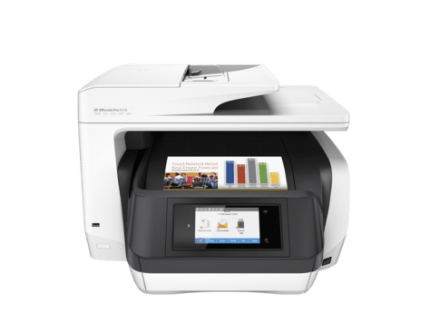
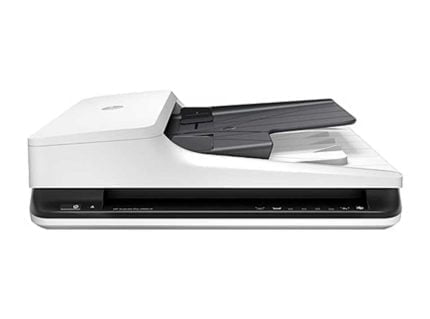
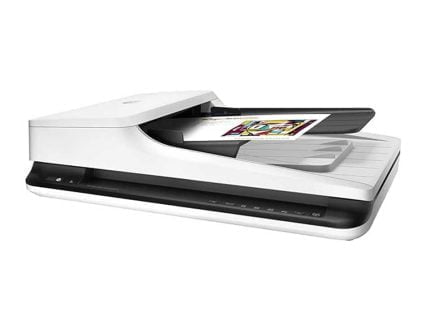
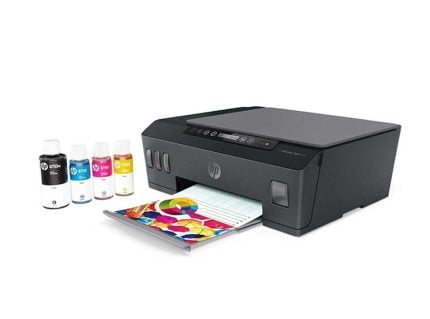
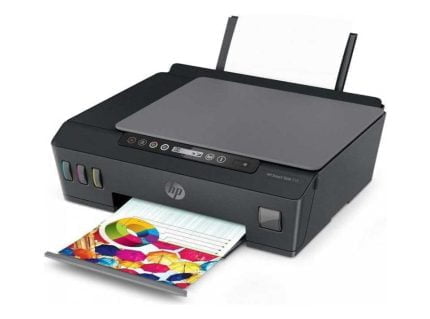
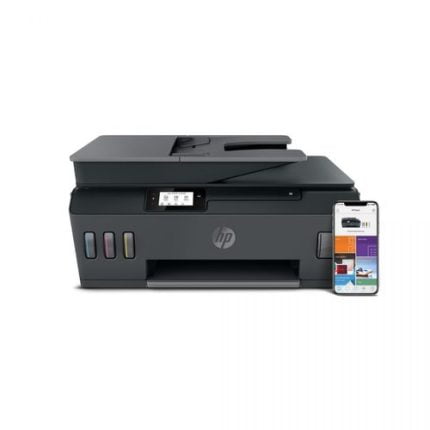
Reviews
There are no reviews yet.